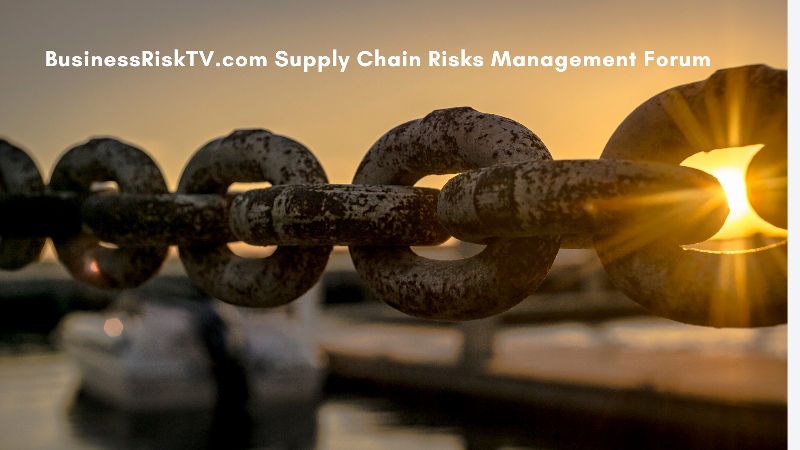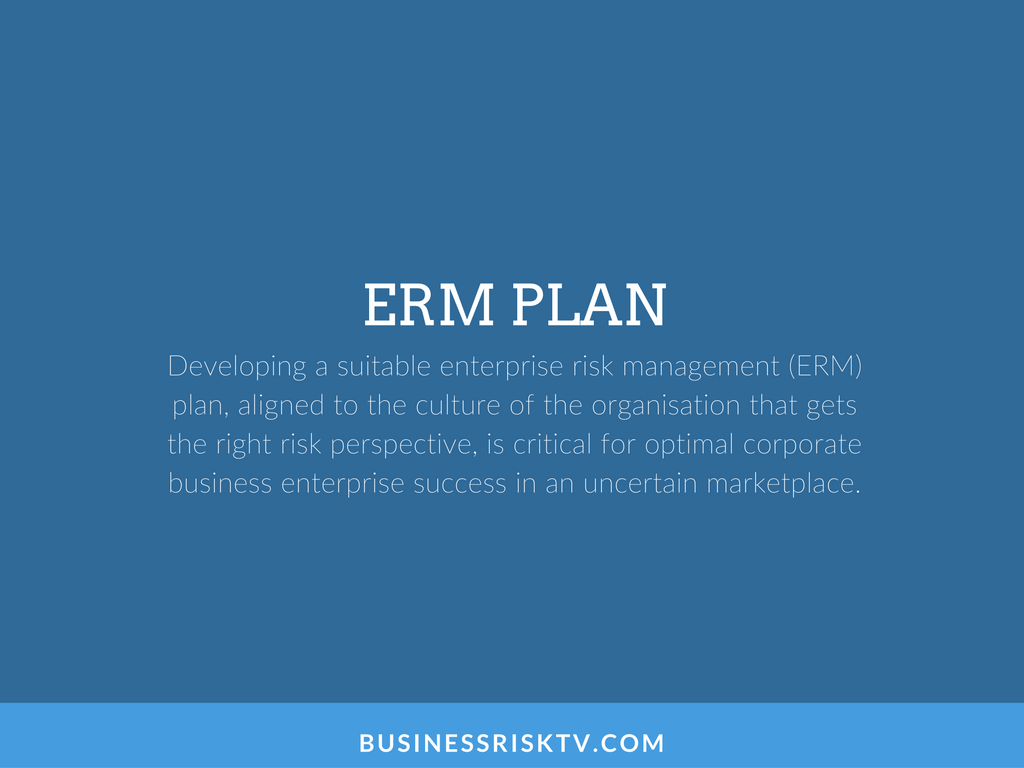Top 10 Business Risk Management Jobs with Skills Shortages : A Recruiter’s Perspective
As the calendar edges closer to 2024, business leaders worldwide are taking stock, strategising, and bracing for the ever-evolving landscape of risk. In this volatile climate, one thing remains constant: the critical need for skilled and dedicated professionals in business risk management (BRM).
However, a concerning trend is emerging – a widening skills gap within the BRM domain. Several key job titles within this field are facing acute shortages, leaving organisations exposed and vulnerable. Recruiters shed light on the top 10 such roles and the crucial skills employers are desperately seeking.
1. Chief Risk Officer (CRO): The captain of the BRM ship, the CRO oversees the entirety of an organisation’s risk landscape. They require exceptional leadership, strategic acumen, and deep understanding of industry regulations. “A strong CRO is worth their weight in gold. They not only identify and mitigate threats but also build a culture of proactive risk awareness within the company.”
2. Operational Risk Manager: Responsible for day-to-day risk assessment and mitigation within specific operations, these individuals juggle meticulous attention to detail with broader strategic thinking. Strong analytical skills, process improvement expertise, and a keen eye for potential disruptions are essential. “Operational risk managers are the silent guardians of efficiency. Their vigilance ensures smooth operations and prevents costly hiccups.”
3. Cyber Security Risk Analyst: With cyber threats escalating by the day, skilled cyber security risk analysts are in high demand. They must possess a blend of technical expertise (think vulnerability assessments and penetration testing) and strong communication skills to translate complex technical jargon into actionable insights for leadership. “In today’s digital age, cyber security is not just an IT issue, it’s a business imperative. Cyber security risk analysts are the frontline soldiers in this critical battle.”
4. Business Continuity and Disaster Recovery (BCDR) Planner: Adept at conjuring disaster preparedness plans from thin air, BCDR planners are masters of resilience. They require meticulous planning skills, logistical prowess, and the ability to keep a cool head under pressure. “A good BCDR planner is worth their weight in gold when disaster strikes. They ensure our business can weather any storm, minimising downtime and protecting our bottom line.”
5. Enterprise Risk Management (ERM) Specialist: ERM specialists are the glue that binds an organisation’s risk management framework together. They excel at data analysis, risk modelling, and translating complex risk assessments into actionable insights for different departments. “ERM specialists are the translators of the risk world. They break down complex data into digestible information that empowers informed decision-making across the organisation.”
6. Fraud Investigator: Unearthing financial deception and safeguarding organisational assets, fraud investigators are the financial detectives of the business world. They require a keen eye for detail, sharp analytical skills, and the tenacity to follow the money trail wherever it leads. “Fraud investigators are the silent guardians of our financial integrity. Their vigilance protects our bottom line and ensures investor confidence.”
7. Environmental, Social, and Governance (ESG) Analyst: With ESG considerations becoming increasingly crucial for businesses, skilled ESG analysts are a hot commodity. They must possess a comprehensive understanding of sustainability principles, social impact measurement, and the ability to translate complex ESG data into actionable insights for leadership. “ESG analysts are the bridge between business and sustainability. They help us make informed decisions that not only benefit our bottom line but also create a positive impact on the planet and society.”
8. Supply Chain Risk Analyst: In today’s globalised world, supply chains are intricate and vulnerable. Supply chain risk analysts are the watchdogs, identifying and mitigating potential disruptions, from resource shortages to geopolitical instability. Strong analytical skills, supplier relationship management expertise, and a global perspective are key. “In today’s interconnected world, supply chain resilience is paramount. Supply chain risk analysts are the first line of defense against disruptions that can cripple our operations.”
9. Regulatory Compliance Officer: Their role is pivotal in protecting organisations from legal repercussions and reputational damage. “Compliance officers are the unsung heroes of corporate governance. Their vigilance ensures we operate within the bounds of the law and maintain the trust of our stakeholders.”
10. Internal Auditor: Acting as the organisation’s independent watchdog, internal auditors assess internal controls, identify risks and inefficiencies, and make recommendations for improvement. They require strong accounting and analytical skills, a keen eye for detail, and the ability to communicate complex findings to leadership in a constructive manner. “Internal auditors are the eyes and ears of the board. Their independent assessments ensure transparency and accountability, driving continuous improvement within the organisation.”
Closing Thoughts:
The skills gap in business risk management is a pressing concern, but it also presents a golden opportunity for talented professionals. By honing the skills outlined above, individuals can position themselves for rewarding careers in this critical field. For businesses, proactively addressing this gap through targeted recruitment, skills development programmes, and competitive compensation packages is crucial for building organisational resilience and navigating the turbulent waters of the future.
As we step into 2024, let us remember that business risk management is not merely a cost centre, but a strategic investment in the future. By fostering a culture of risk awareness, investing in skilled professionals, and implementing robust risk management frameworks, organisations can navigate the ever-changing landscape with confidence, seizing opportunities while mitigating threats.
Remember, the future belongs to those who anticipate the storm and build their ship accordingly.
Get help to fill skills gaps quickly and inexpensively
Protect and grow your business faster
Read more business risk management articles






















